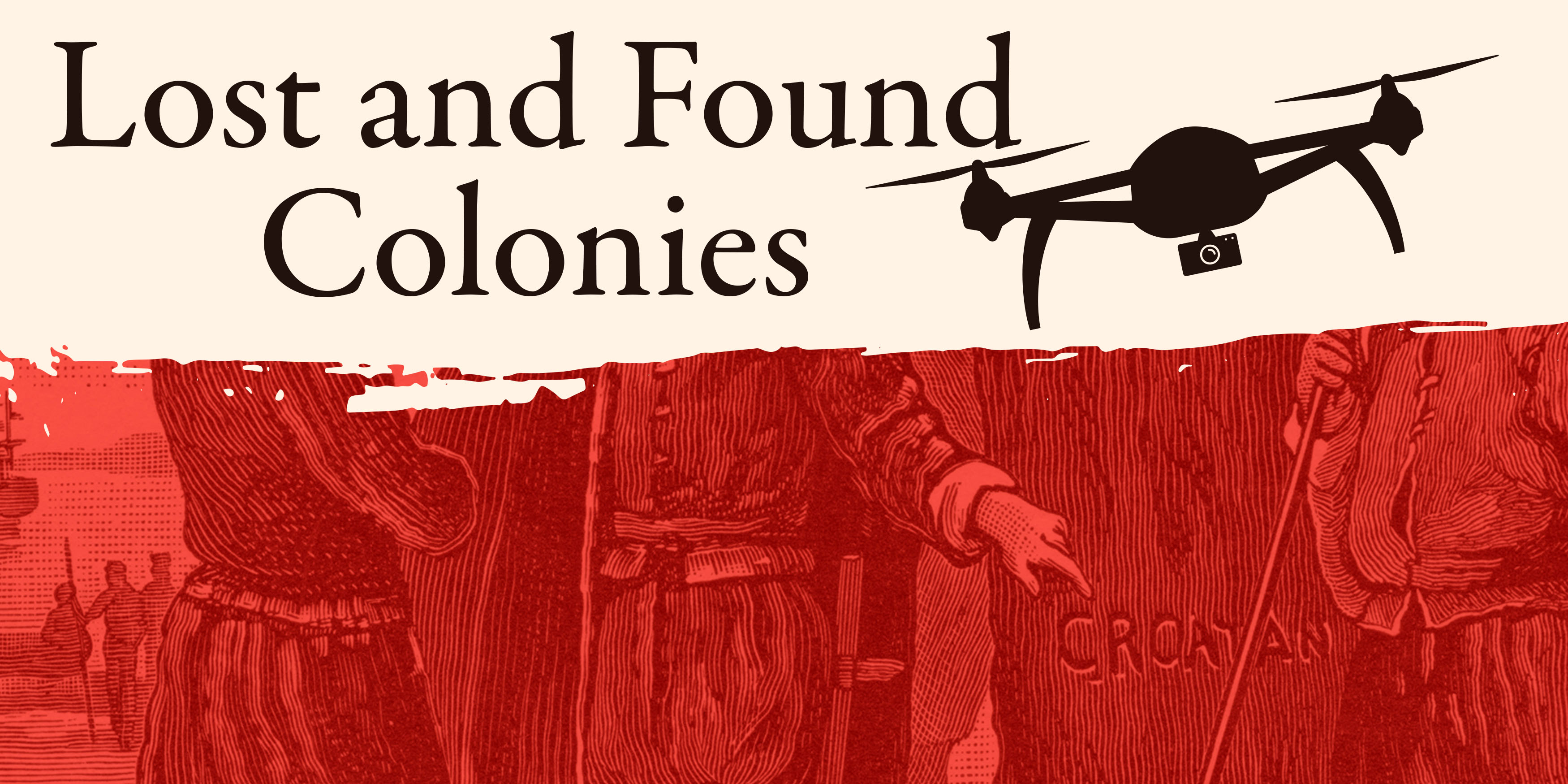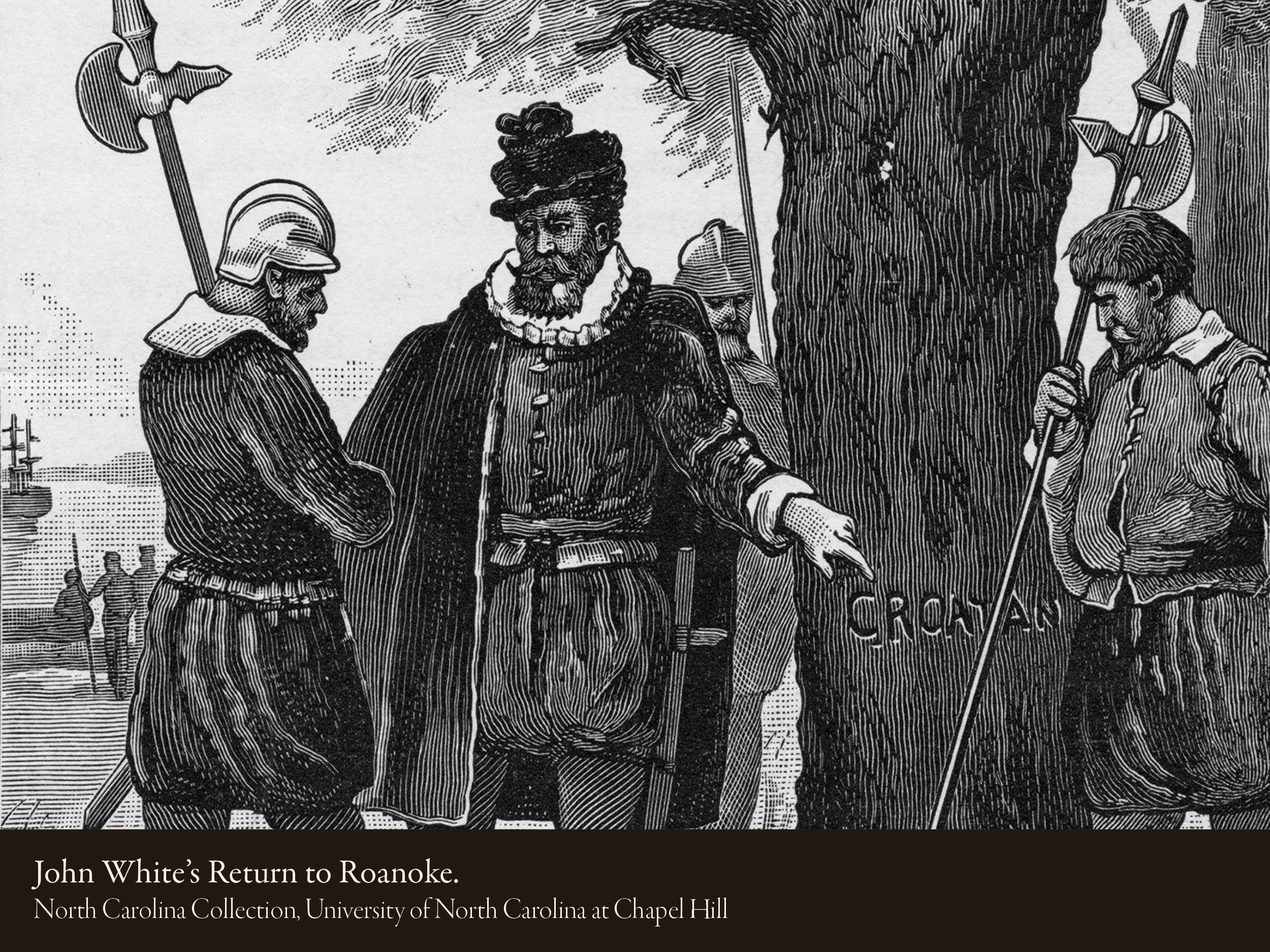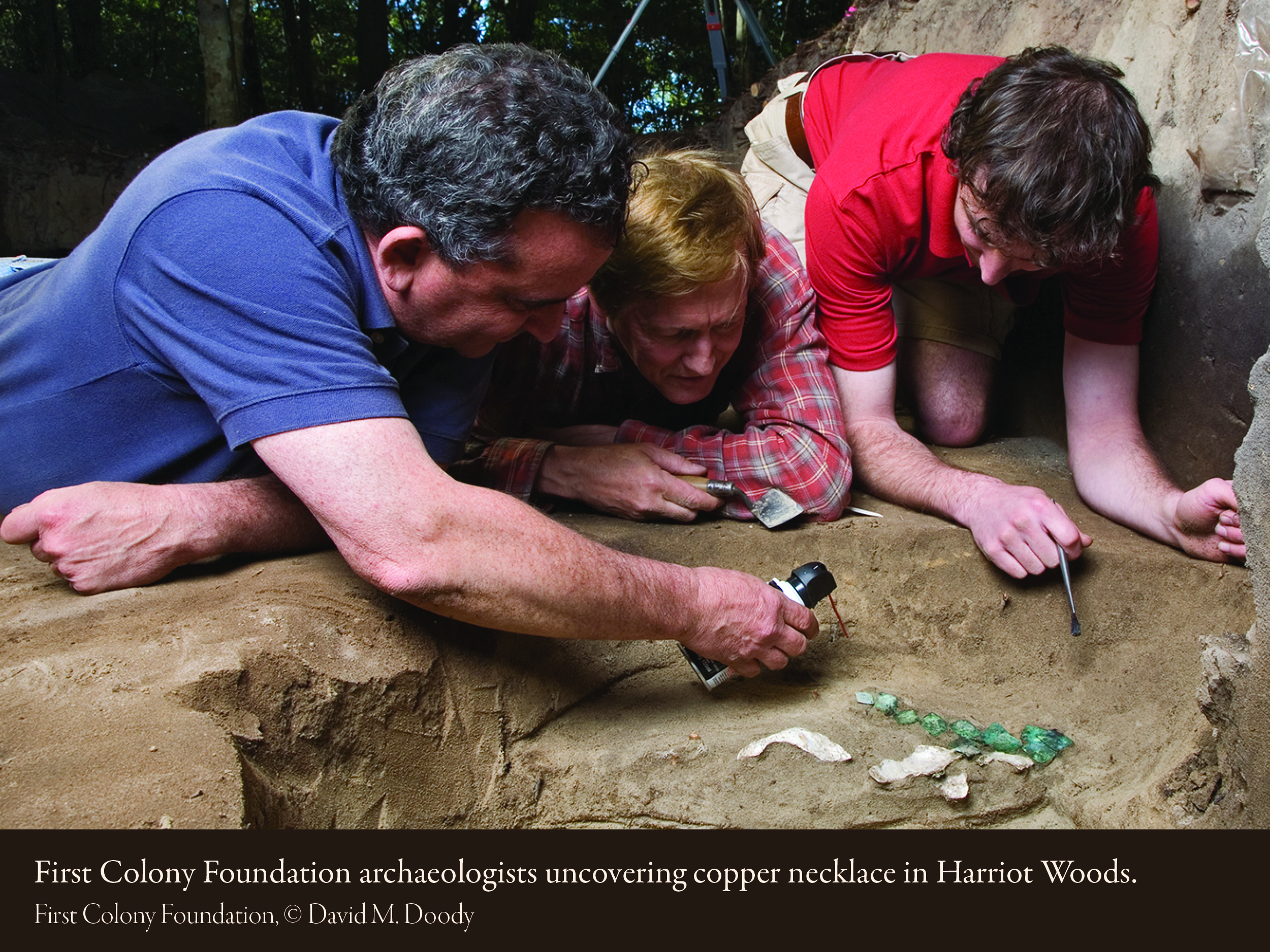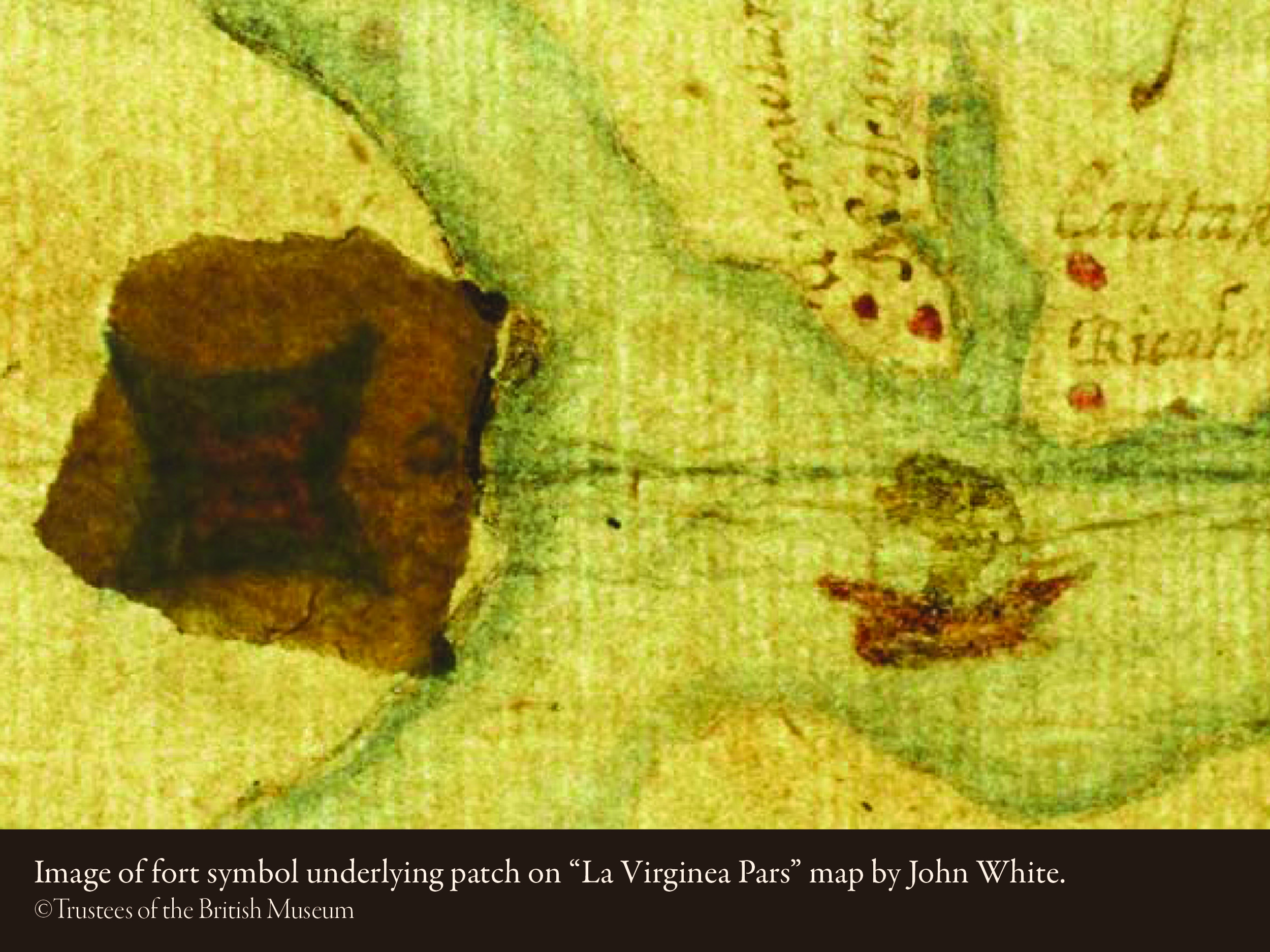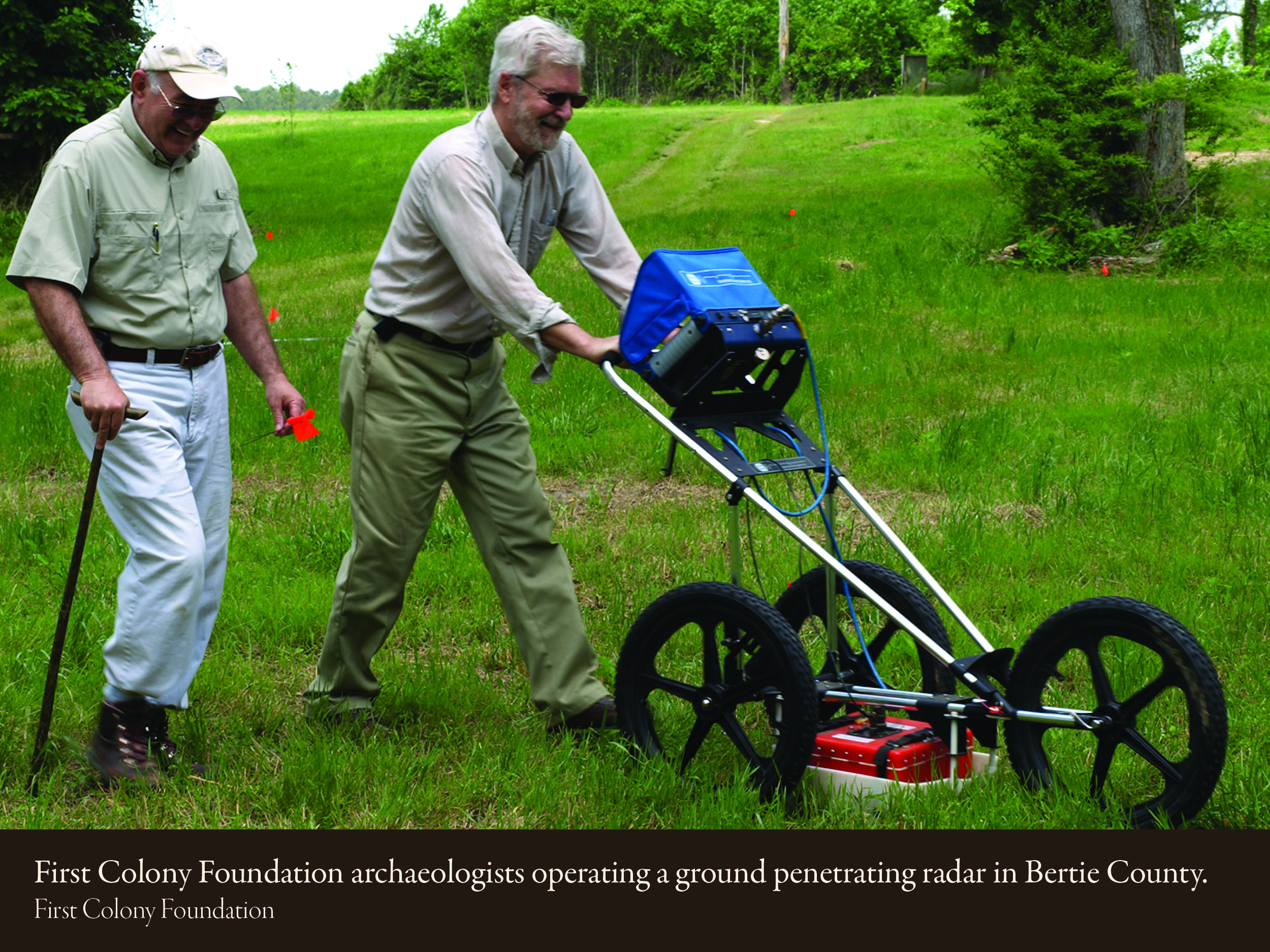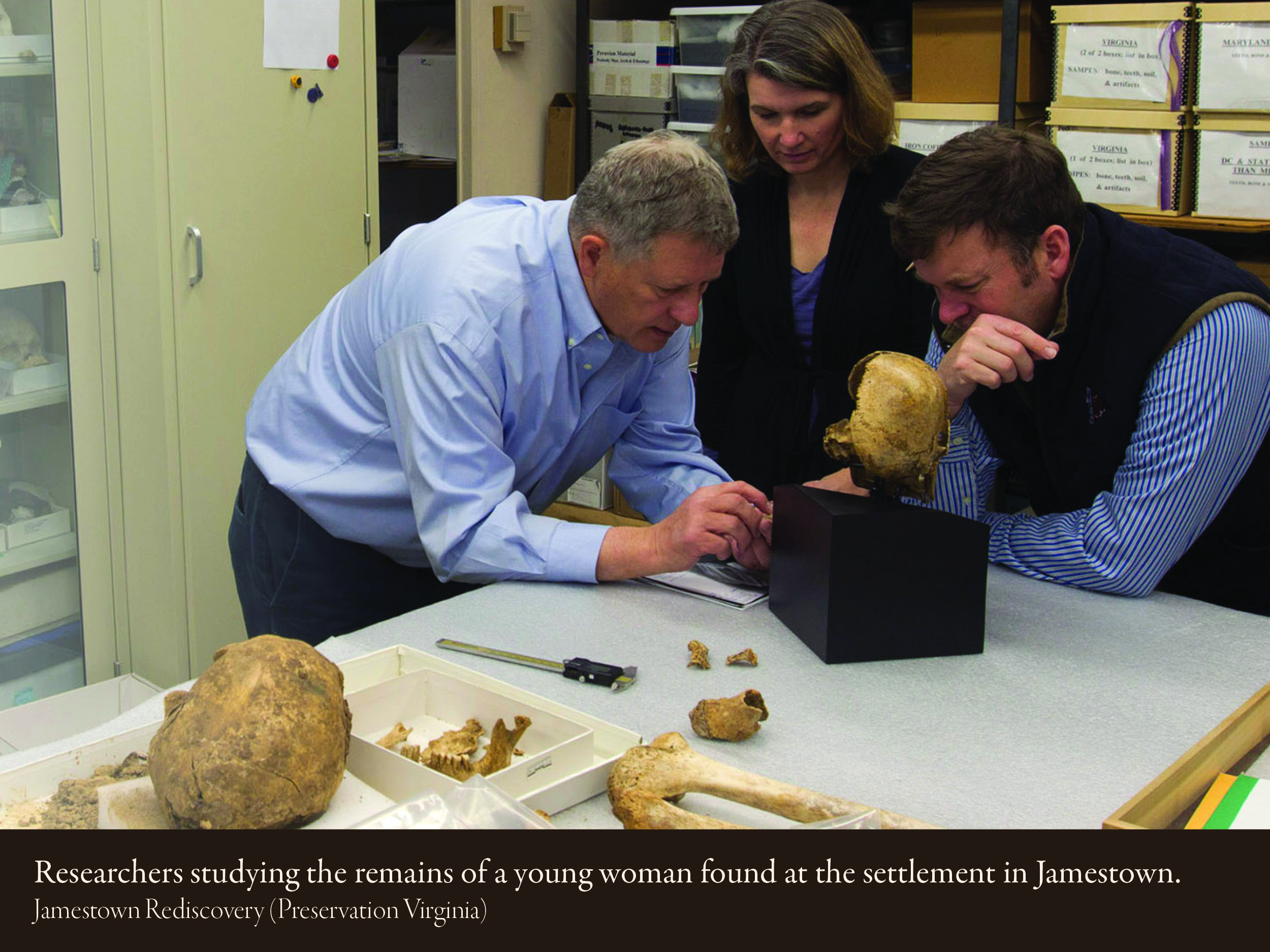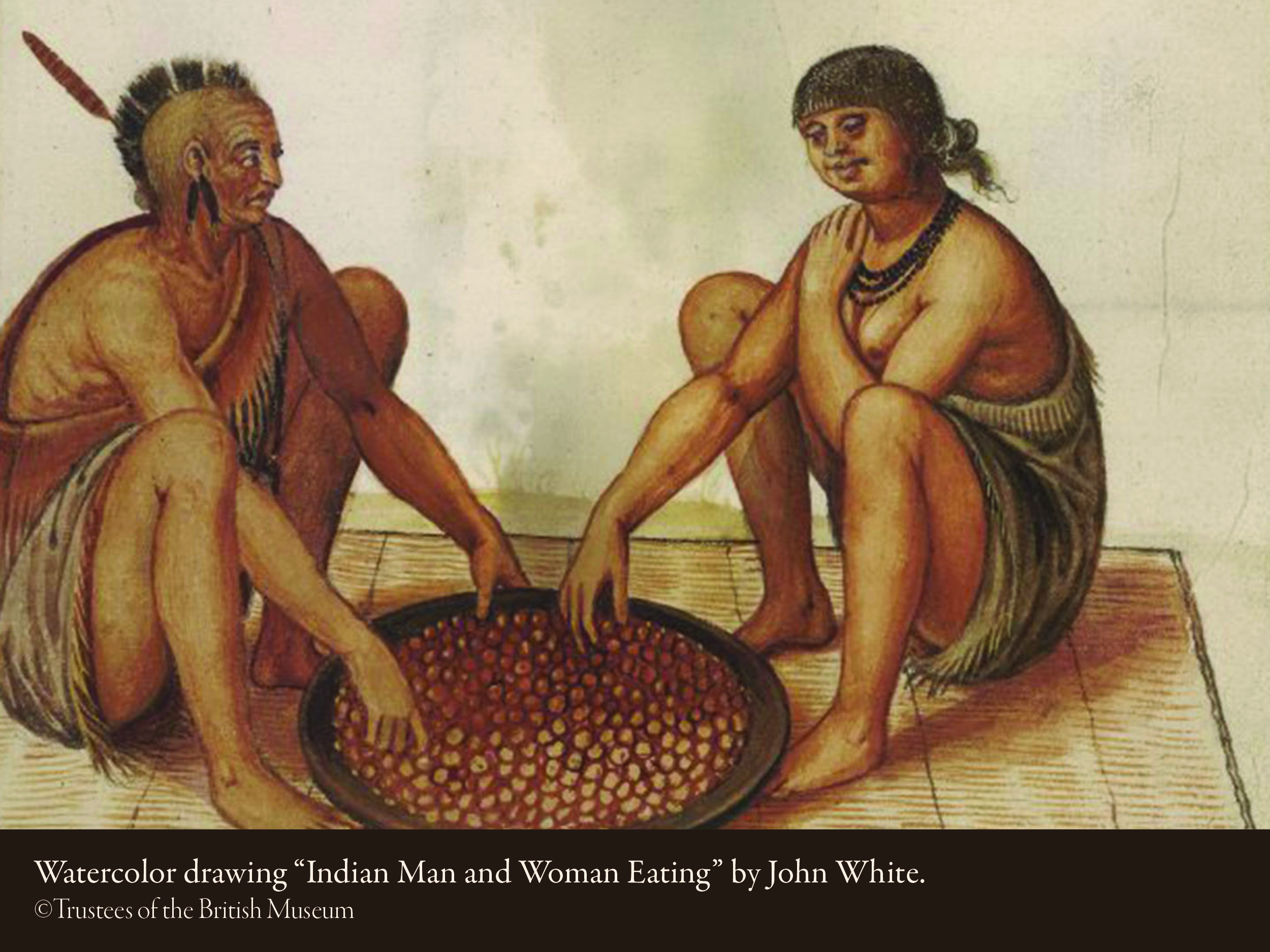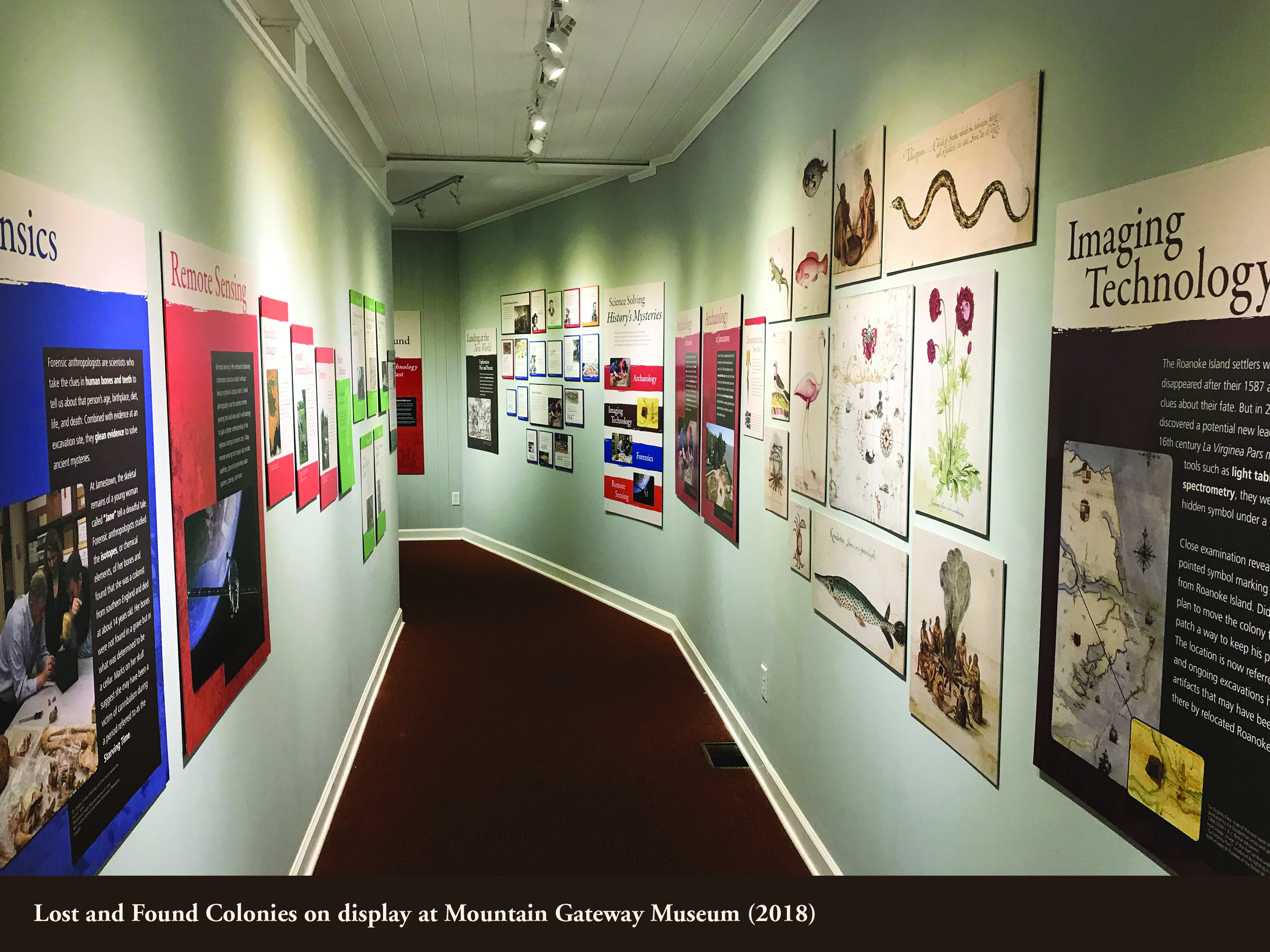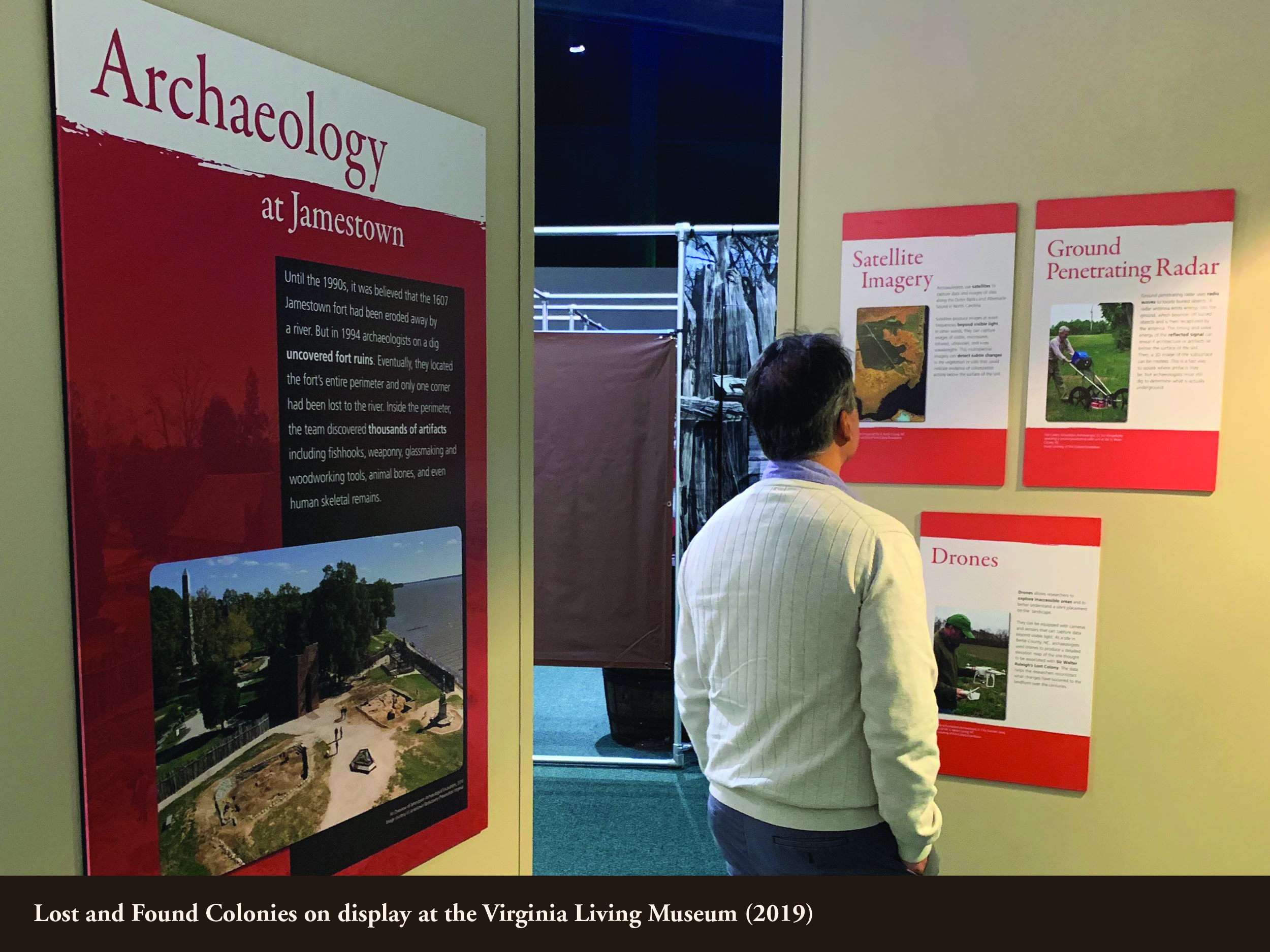History Mysteries
There are still many mysteries involving the first North American colonies. For instance, why did Sir Walter Raleigh’s Roanoke Island settlement suddenly disappear in 1587? What happened to the initial British fort in Jamestown? And where were Juan Pardo's Spanish settlements located in the Tennessee Valley?
Archaeology
Looking beneath the layers of topsoil found at historical settlements, archaeologists can uncover artifacts that help them put together the story of the past. These artifacts include everything from ceramic jugs and glass beads to partial fragments of animal bones and sometimes even human remains!
Imaging Technology
Though researchers often rely on historical maps to help find the first colonies, some maps have faded or been patched over. This is where technology becomes important. Using sophisticated imaging tools such as light tables and spectrometers, scientists can see beneath the surface to follow the hidden clues.
Remote Sensing
Finding historical settlements and artifacts often involves going beyond the immediate evidence of the senses. In many instances, researchers rely on satellite images to help spot possible archaeological sites, and cutting-edge technologies such as ground penetrating radar to detect objects hidden in the soil.
Forensics
When researchers come across human remains at a dig site, they often use forensic science to understand who they came from. Through studying the structure and chemical content of their bones, archaeologists can learn a lot of information about where the person lived and also how they may have died.
Documenting New Sites
Upon arriving in North America for the first time, some European settlers such as John White attempted to document the local flora and fauna through detailed artistic renderings. These depictions were then turned into metal engravings, which circulated widely among fascinated audiences back home.
EXHIBITION PHOTOS
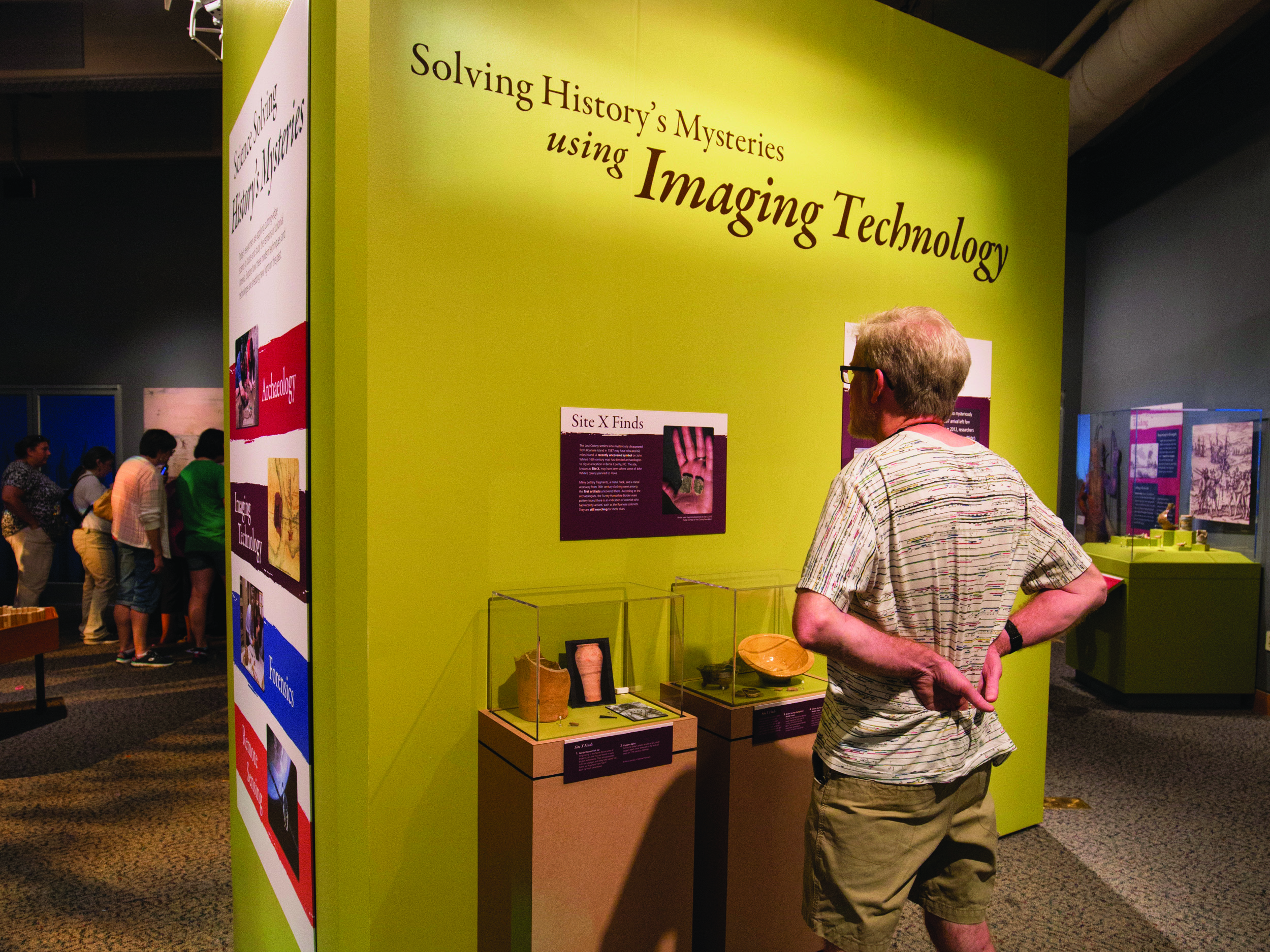
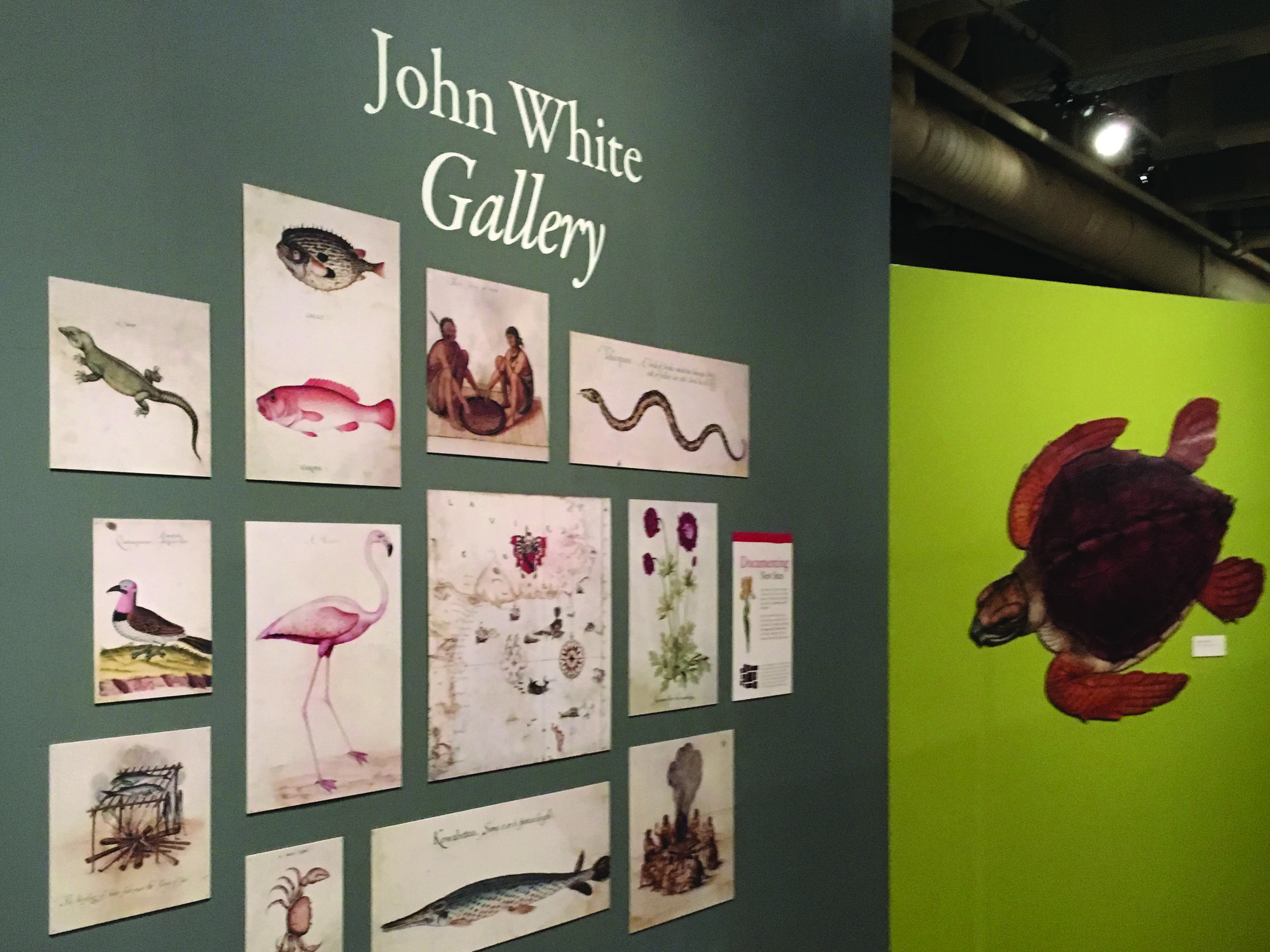
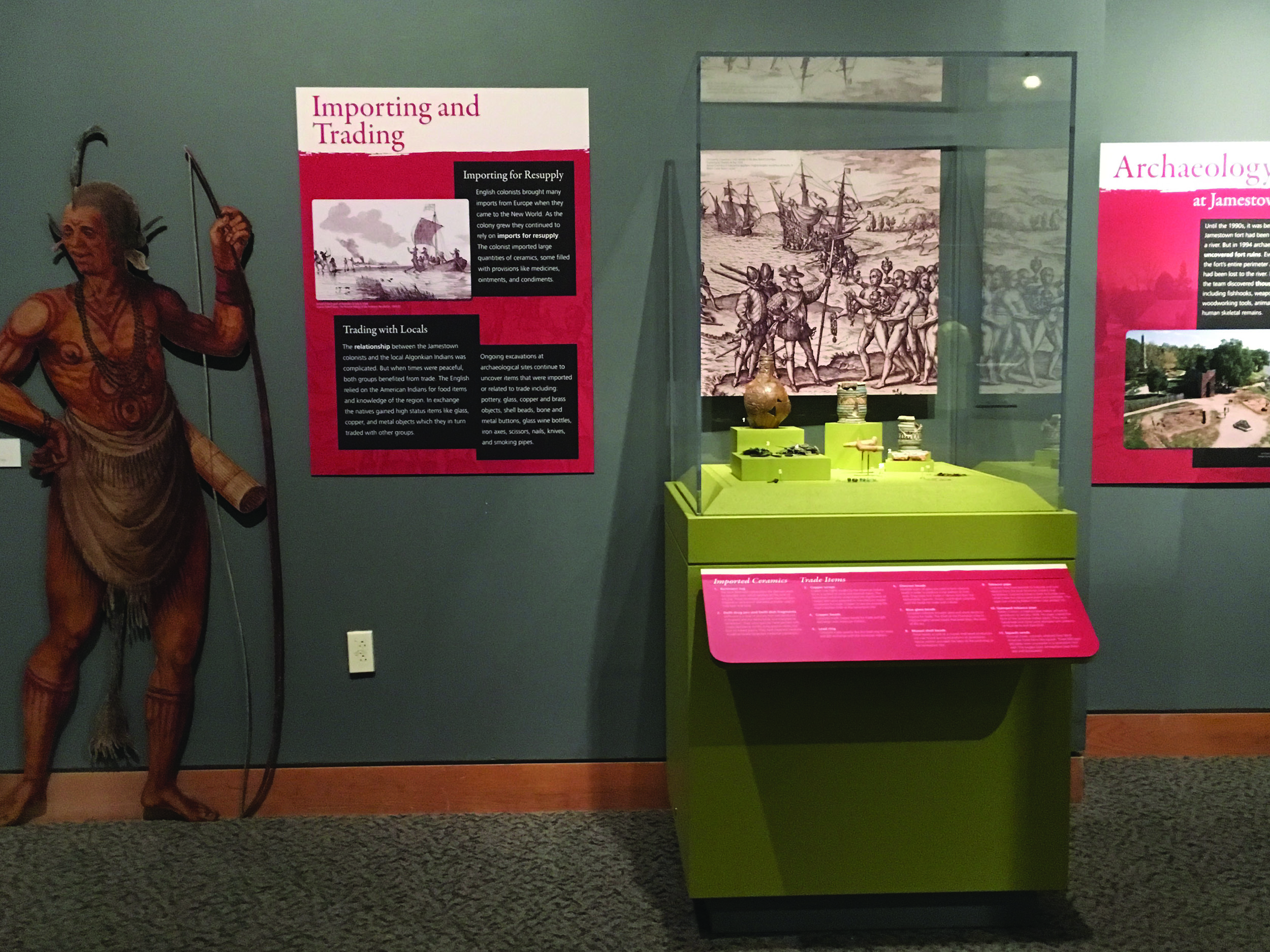
What Can I See and Do?
In this exhibit, you will find a selection of illustrations, maps, and etchings that settlers produced during their time in North America. These depictions help audiences to get up close and personal with the history of colonialism and to enter the lives of European settlers and the American Indians they encountered.
Besides these depictions, the exhibit also contains images of various historical dig sites, along with videos of the different technologies that scientists use to study them. With so much to see and do, you can easily immerse yourself in a long lost past that has only recently been brought back to life!
Travelling Exhibition
If you are interested in bringing this travelling exhibit to your own museum or institution, please contact Matt Skeen, matt.skeen@naturalsciences.org.


